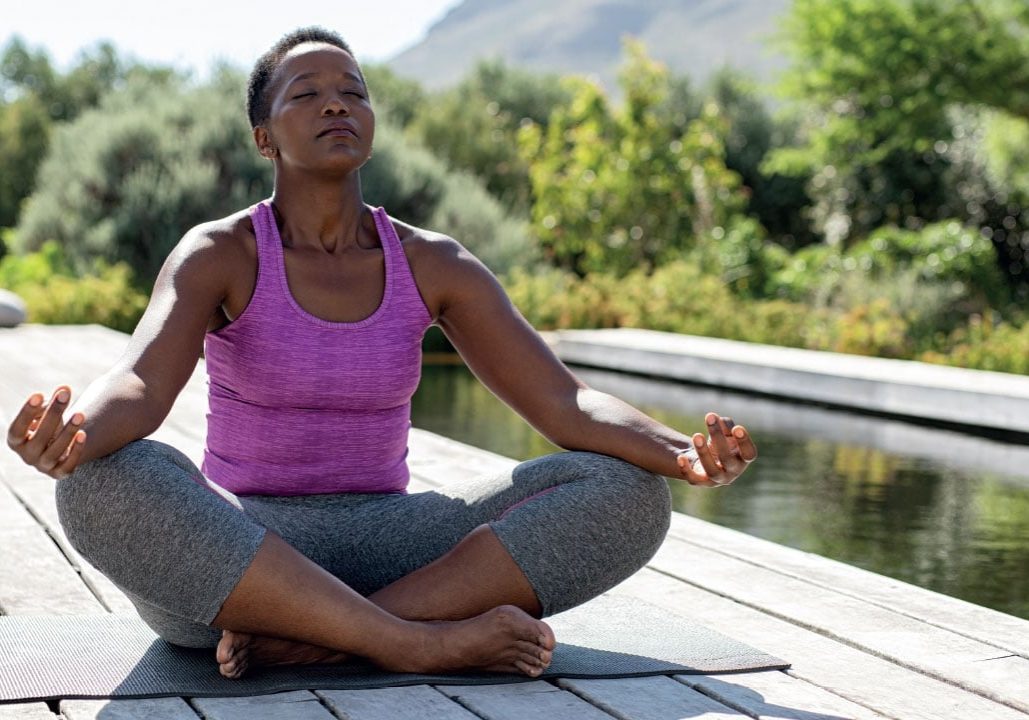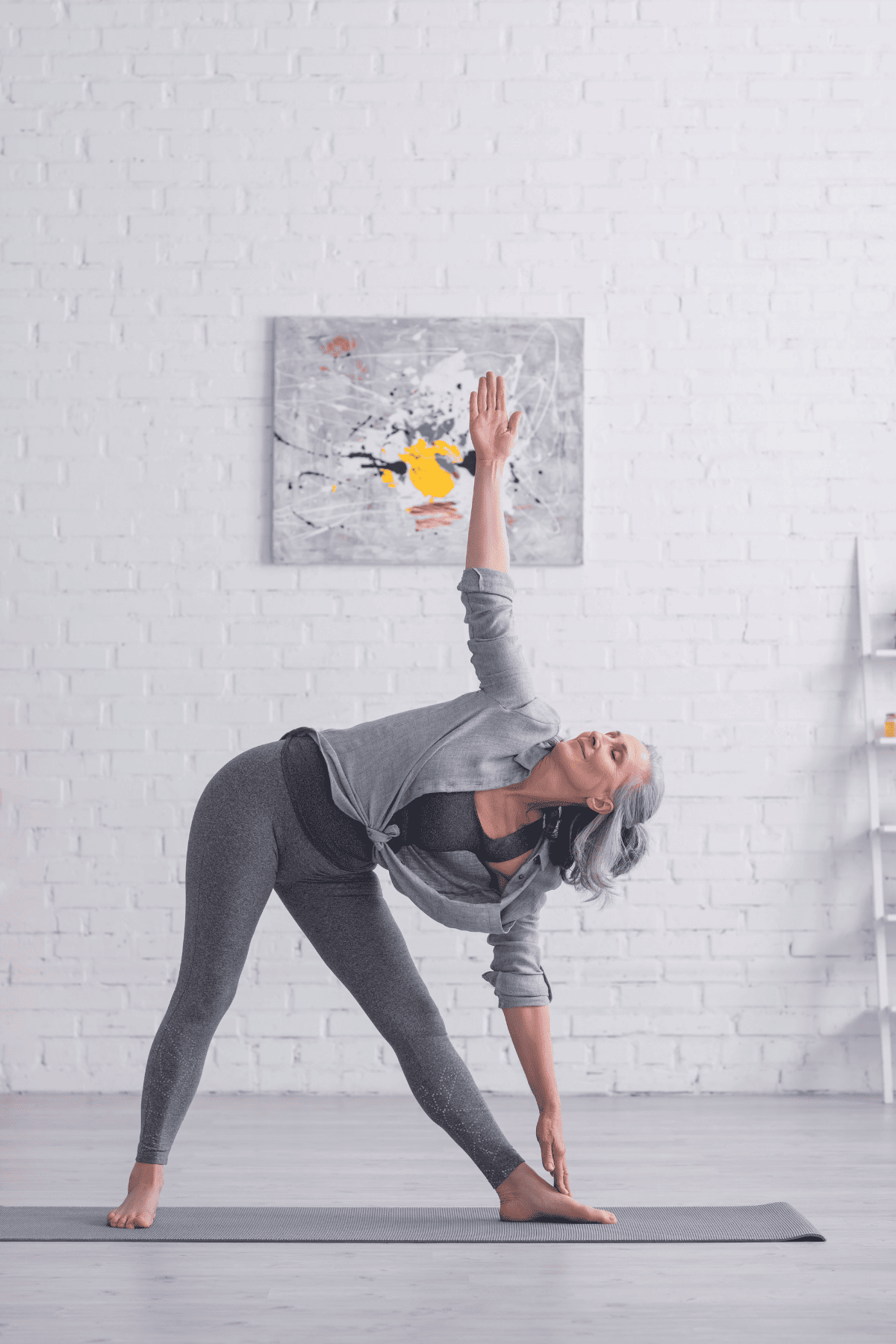
Menopause Fitness Tips
Expert tips on the various ways exercise and diet can help to reduce some of the symptoms of the menopause by Dean Zweck
Reading time: 5 minutes
Menopause, a natural phase in a woman's life, brings significant changes to the body and mind. While it may present its fair share of challenges, there is a powerful tool that can help you navigate the transition with grace and vitality — exercise. Regular physical activity offers a multitude of benefits that can alleviate menopause symptoms. Here are some thoughts and suggestions:
Mood enhancement
Hormonal fluctuations during menopause can bring about mood swings, anxiety, and depression. Thankfully, exercise acts as a natural mood booster, stimulating the release of endorphins — the feel-good chemicals in the brain. This flood of endorphins promotes happiness, reduces stress, and enhances overall mental wellbeing, reducing cortisol levels. Exercises like yoga, tai chi, and meditation are fantastic for enhancing your mood. They incorporate gentle movements, stretching and deep or slow breathing, which are ideal for reducing anxiety and stress. They can even help improve mental focus – a must for those periods of brain fog.
Weight loss
Menopause brings changes in oestrogen levels, leading to increased fat stores and a drop in metabolic rate. This means burning fewer calories throughout the day, coupled with heightened hunger, making weight gain more likely. To combat this, focus on quality protein sources like pulses, eggs (or chicken and fish for non-vegetarians) and soy, along with fruits, vegetables, and healthy fats such as nuts, seeds, and avocados. This approach helps create a calorie deficit. Opt for minimally-processed foods as they tend to be more satiating, reducing post-meal hunger and curbs snacking. Remember, you can still enjoy processed foods in moderation. Be generous to yourself and start with an 80/20 split and adjust as needed.
Bone health
The decline of oestrogen during menopause poses a risk to bone health, increasing the chances of osteoporosis. Strengthening exercises, such as walking, jogging and weight training can play a pivotal role in increasing bone strength, which minimises the risk of injury in the future. Walking is relatively low impact option compared to running; in fact, a large proportion of the calories you burn over the whole day can come from activities like walking. Trying to be as active as possible, by using the stairs rather than lifts, or park slightly further away from the shops, will all contribute to the calorie burn needed to lose weight and maintain good bone health.
Hot flush relief
The dreaded hot flushes and night sweats that accompany menopause can disrupt sleep and daily activities. Engaging in regular physical activity can alleviate the frequency and intensity of these symptoms. By incorporating different types of exercise into your routine, you’ll experience better sleep, enhanced comfort and a newfound sense of control over your body.
Hormone balancing
Exercise plays a crucial role in hormone regulation, including cortisol (the stress hormone) and endorphins. By reducing cortisol levels and increasing endorphins, exercise can help to restore hormonal balance during menopause. This balance minimises symptoms like mood swings and fatigue, allowing women to feel more centred and in control.
Powerful pelvic floor
Menopause may often bring about changes when it comes to the pelvic floor, including incontinence or discomfort, so it’s important to increase your pelvic floor muscles if you can. To help strengthen them try to incorporate Kegel exercises throughout your daily routine, even while you’re exercising, especially in yoga or Pilates sessions. The best position to start in is lying down or sitting. Begin by contracting your pelvic floor muscles and holding it for a few seconds. It's important to avoid holding your breath or tensing other muscles during the exercise – focus solely on your pelvic floor. As you become more comfortable with the exercise, gradually increase the duration of each contraction.
Dean Zweck is product development manager at Total Fitness (totalfitness.co.uk)





